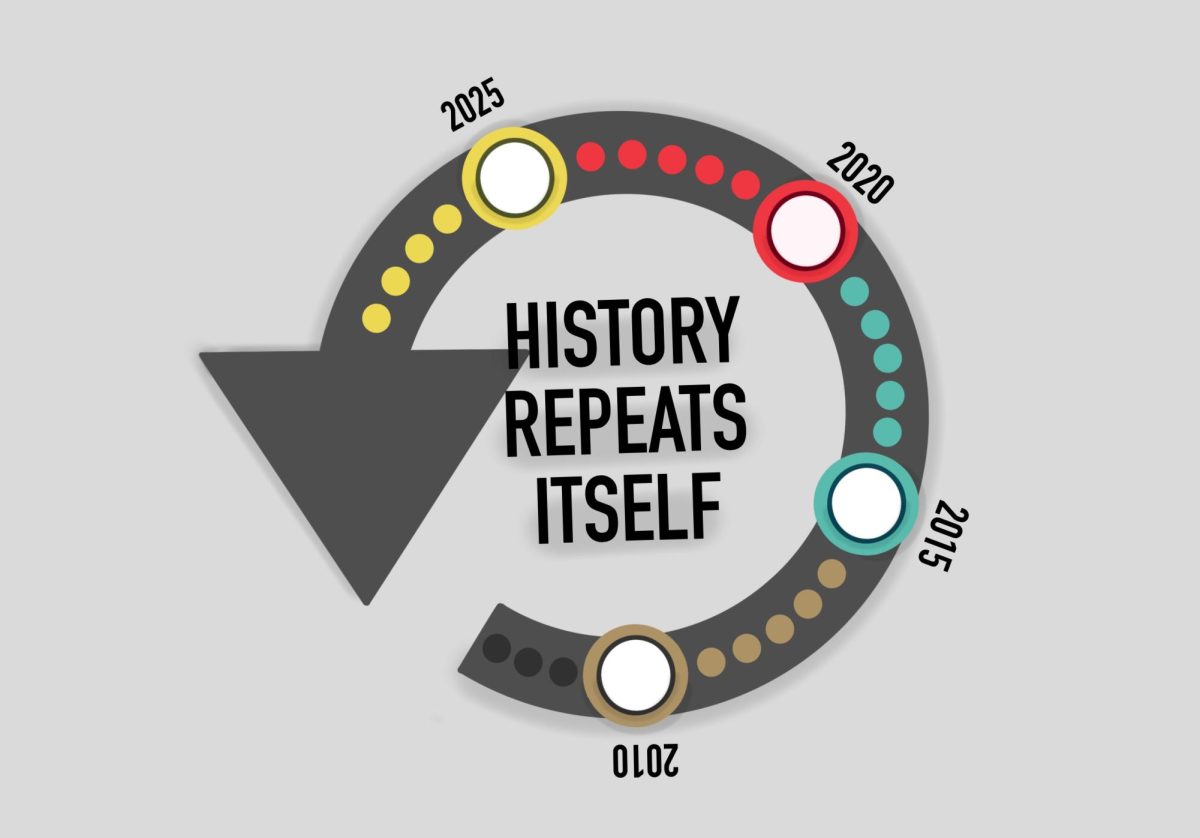An anarchist, an environmentalist and a college student walk into a room. What do you get? The movement to stop the construction of Enbridge’s Line 3 pipeline, a pipeline expansion designed to carry tar sands from Alberta, Canada to Superior, Wisconsin.
During the average week, Quintin Grabowksi seems like a regular college student. But on the weekends, he ditches the chemistry textbooks and college swag in pursuit of a higher calling: protesting pipelines.
Grabowski’s been in this game for longer than most. He began anti-pipeline advocacy in his early teens, starting with Michigan’s Line 5. It wasn’t until he moved to the Twin Cities that Grabowski learned about Line 3. Three years later, he’s moved beyond letter writing campaigns and capital protests. Now, he treks up north to support and hold space for indigenous water protectors. As he explains, “It’s not just about stopping this pipeline, it’s about changing the way we think about the natural world.”
Jonas Goonface, on the other hand, looks exactly as one might expect a self-proclaimed anarchist to look. His radicalizing moment? Calling up jails in search of his brother, who police arrested during a Dakota Access Pipeline protest. Since then, he’s thrown in with Northfield Against Line 3, a community-based advocacy group. He’s even used himself as a physical barrier to pipeline construction. Through it all, Goonface finds strength in his community.
“I’m really encouraged and humbled because I’ve been in this fight for like, two years,” he said. “But, I’m also joining people who have been in this fight for decades, who’ve learned all of this shit from indigenous folks who have been resisting this bullshit for decades.”
For fourth-year University of Minnesota student Abby Hornberger, summers spent in the pristine surroundings of the Boundary Waters are at the root of her advocacy. Her mother, an environmentalist, has also played a role in her passion for protecting the land. But stopping Line 3 is about more than childhood memories and familial connections. In Hornberger’s words, “the act of [constructing] the pipeline is an act of violence against Indigenous nations.”
Protecting our water is not a burden that she believes Indigenous people alone should shoulder. It is a shared responsibility that applies to us all.
Line 3 is slated to pass through the Mississippi River watershed twice, as well as important wetlands, forests and wild rice beds of Minnesota. The largest watershed in the United States, the Mississippi begins in Minnesota and flows all the way down to the Gulf of Mexico. From Illinois to Minnesota alone, roughly 15 million people rely on the waters of the Mississippi for clean water each day. It is the lifeblood of the Midwest — of our way of life, our economy and our environment.
Some argue that the replacement of the infrastructure is necessary. Old, outdated materials pose a higher risk of leakage and rupturing. But we don’t know how to effectively clean up tar sands, the type of oil that Line 3 carries. Not only is tar sands crude considered the dirtiest and most carbon intensive form of oil, but it is also heavier than other forms of petroleum. Were a pipeline to rupture, tar sands would sink into waterways instead of floating on top, rendering the skimmers and buoys normally used in oil spill clean-up next to useless. This issue is present with Line 3 as it is, but expanding the pipeline increases the quantity of oil able to enter and pollute the environment.
While replacing infrastructure can prevent spillages, these pipelines leak. That is not a question, it is a given. Since 1996, pipelines have spilled more than 3 million gallons of oil per year, roughly 200 barrels every day. Tar sands are thicker, heavier and more corrosive than other materials, meaning that they pose a much greater risk of leakage and pipe ruptures. Expanded infrastructure allows oil companies to move more crude at a faster rate, meaning that when disaster strikes, it could be deadly. I reached out to Enbridge to learn more about their plans for a safe, spill-free pipeline but did not receive a response.
Advocacy, in any form, can be controversial. Though many water protectors find community through activism, the experience can be isolating. It becomes like any other passion: When you’re so involved in an issue, it’s hard not to want to pull people into the movement, and even harder to understand why people resist being pulled in. Hornberger said she finds it difficult to navigate personal relationships when people aren’t open to having conversations about environmental advocacy, a sentiment echoed by Grabowski.
“I find myself ranting and raving about a pipeline that nobody is really well acquainted with,” Goonface told me, “[and] to an audience that’s not always really receptive to it.”
All three, however, count themselves lucky in one area: Though their parents may worry, they remain supportive of their children’s activism.
Next week, I’ll look into how Line 3 impacts tribal sovereignty and the movement against tribal erasure.














